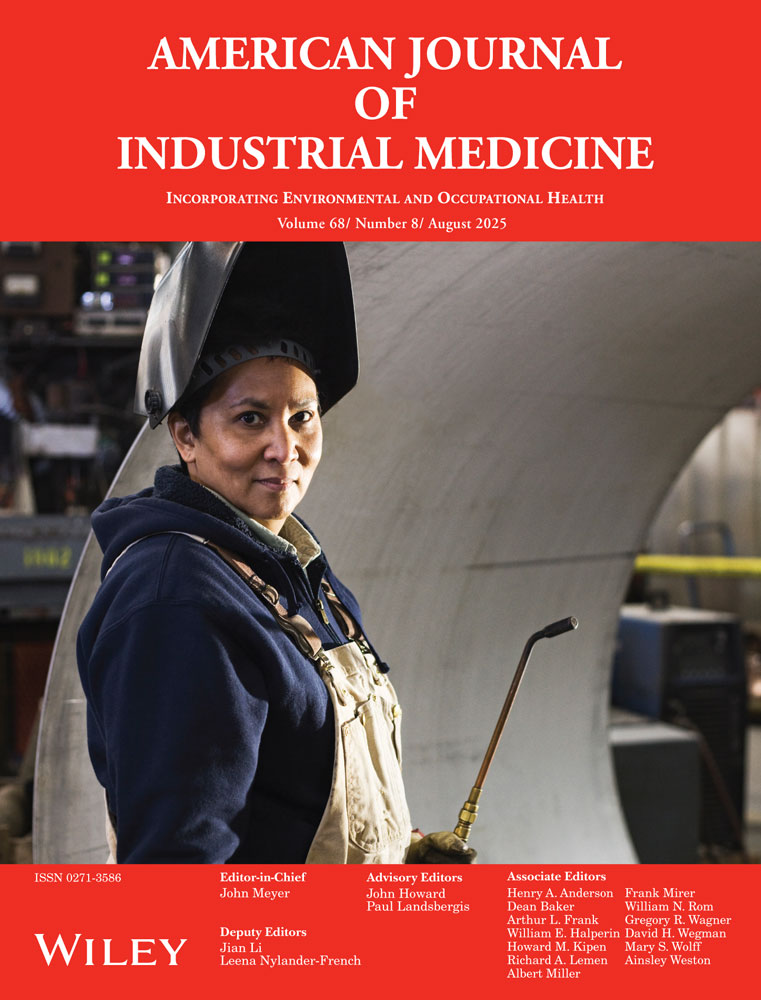The British approach to asbestos standard setting: 1898–2000
Abstract
Background
The asbestos industry started in the late 1870s, and the first accounts of severe respiratory disease in its workers were published in England (1898, 1906), France (1907), and Italy (1908). For a hundred years, a series of increasingly lower standards were set for asbestos in Britain: initially they purported to prevent asbestosis, and latterly to reduce asbestosis and malignancies to acceptable levels.
Methods
Published accounts of how British asbestos exposure standards came to be derived are reviewed in the light of archival materials originated by industry and government.
Results
The earliest standard, of necessity, was not evidence based and while subsequent standards purported to relate doses to effects, the indifferent quality of the measurement of dose, and the poor discrimination of effects, militated against arriving at a standard in which trust should be placed. Each successive standard that was accepted, conformed to what could be achieved in production processes, as far as it was reasonably practicable on technological and economic grounds.
Conclusions
For the better part of a hundred years, confidence was misplaced in the ability of process engineers and physicians to protect workers against asbestos. Finally, deciding that asbestos was neither technologically nor economically essential, and was unsafe in use, Europe issued a Directive, to which Britain will conform, that will virtually ban it use throughout the Community by 2006. Am. J. Ind. Med. 46:534–541, 2004. © 2004 Wiley-Liss, Inc.




